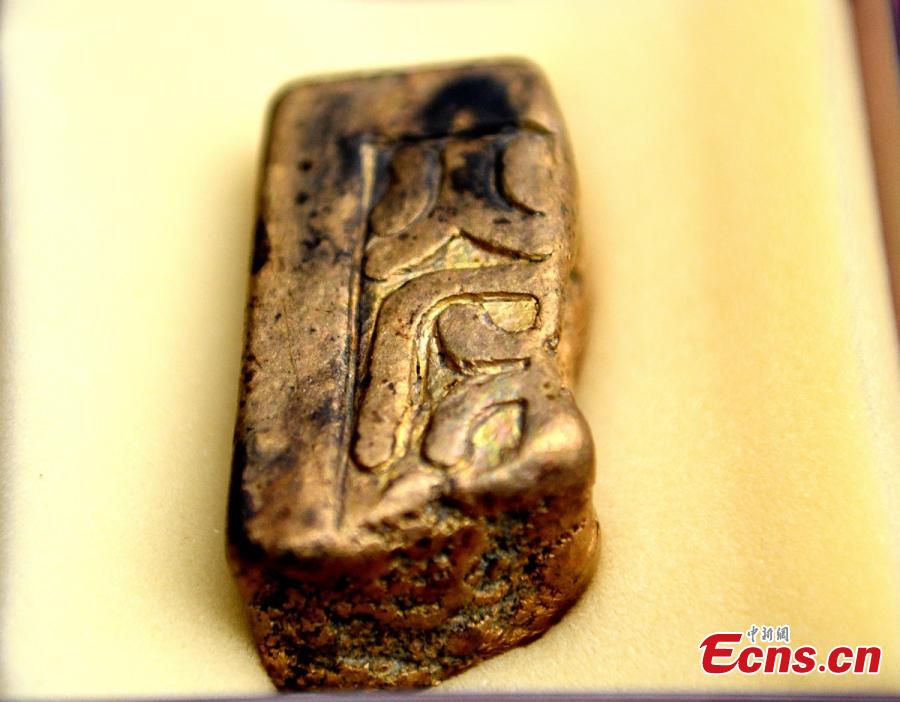A close examination of 3.6-million- year old hominin footprints discovered in Laetoli, Tanzania, suggests human ancestors evolved the hallmark trait of extended leg, human-like bipedalism substantially earlier than previously thought.
The new research was presented on Sunday at the American Association of Anatomists annual meeting during the 2018 Experimental Biology meeting, held on April 21-25 in San Diego in the U.S. state of California.
"Fossil footprints are truly the only direct evidence of walking in the past," David Raichlen, an associate professor at the University of Arizona, was quoted as saying in a press release.
"By 3.6 million years ago, our data suggest that if you can account for differences in size, hominins were walking in a way that is very similar to living humans. While there may have been some nuanced differences, in general, these hominins probably looked like us when they walked," Raichlen said.
It is thought that hominins began walking on two legs around 7 million years ago, but based on the way other primates evolved, it is considered likely that these early ancestors retained a crouched, bent-legged walking posture for some time.
The recent results use a combination of experimental data and morphological studies to show that the footprints at Laetoli are consistent with fully upright, human-like bipedal walking, researchers say.
By comparing the depth and shape of the Laetoli footprints to those left by eight modern human volunteers walking in either an upright or a stooped posture, in which the knees and hips are bent, researchers found the footprints at Laetoli were much more similar to the footprints made by modern humans walking upright.
"The data suggest that by this time in our evolutionary history, selection for reduced energy expenditures during walking was strong," Raichlen said.
"This work suggests that, by 3.6 million years ago, climate and habitat changes likely led to the need for ancestral hominins to walk longer distances during their daily foraging bouts. Selection may have acted at this time to improve energy economy during locomotion, generating the human-like mechanics we employ today," he added.
Although the evidence is strong that hominins were walking upright by 3.6 million years ago, the exact stage when the locomotion of our ancestors diverged from that of modern-day apes remains unknown, Raichlen said, adding answering that will likely require following more, even older, footprints.


















































